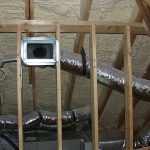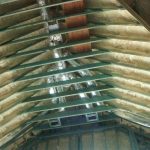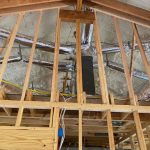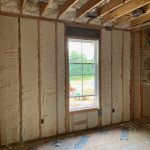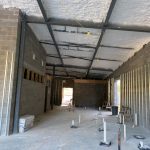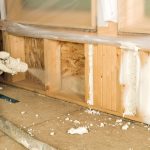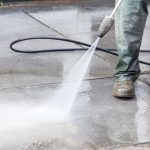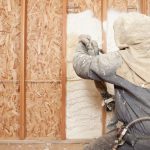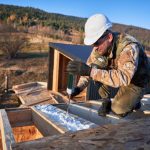- 927 Lee Road 268, Valley, AL
- 256-790-9771
Fiberglass Insulation Services in East Alabama & West Georgia: Reduce Energy Costs & Improve Comfort
Fiberglass Insulation Services in East Alabama & West Georgia: Reduce Energy Costs & Improve Comfort
Fiberglass is one of the most commonly used insulation materials. It is composed of bundles of very thin strands of glass, which makes it a lightweight, cost-effective and practical option for both residential and commercial applications.
Fiberglass Insulation Services
Fiberglass is a type of fiber primarily composed of glass that is used in a wide variety of applications, and is predominantly employed as a residential and commercial thermal insulator. Fiberglass is also used to create products as varied as automobile bodies, boat hulls, arrows, roofing, shower curtains, and tent poles.
As an insulator, it slows the spread of heat, cold, and sound in structures, cars and aircraft. By trapping pockets of air, it keeps rooms warm in the winter and cool in the summer and thereby serves as a convenient method to increase energy efficiency.
Fiberglass is an attractive choice for home insulation because it poses no fire hazard. According to some estimates, thermal insulation (made from fiberglass and its alternatives) conserves 12 times as much energy as is lost in its production, and it may reduce residential energy costs by up to 40%.
Benefits of Spray Foam Insulation include the following:
- Lowers energy costs for both heating and cooling
- Excellent at trapping heat
- Highly effective at reducing sound
- Non-combustible and non-absorbent
- Does not wear out or lose efficacy over time
- Light weight and cheap cost to manufacture
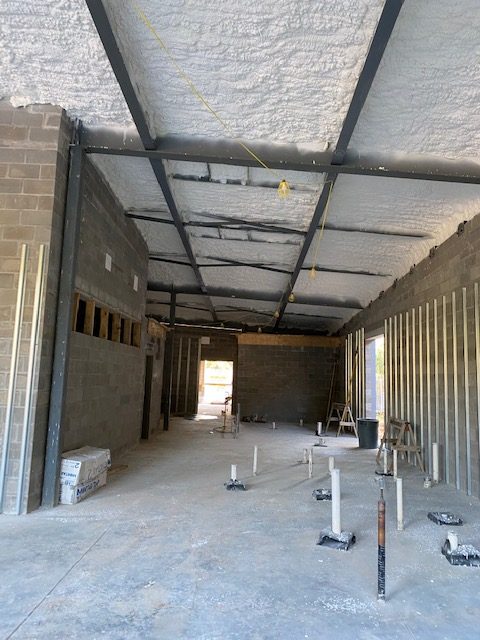
Make the jump to energy efficiency today!
Spray foam insulation is the best choice for energy efficient insulation in your new or existing home.
Call us today
In homes, fiberglass insulation can be installed in various parts of the building envelope. It can be pink, yellow, white or green, depending on its manufacturer, and has a spongy feel.
Commonly found in blanket form, called batts, it is available in bags containing standard pre-cut lengths and widths. Batts are typically stapled into place. It also comes in bags as loose fill that can be blown into attic, wall and floor cavities.
Most fiberglass batts are manufactured with a paper or foil backing that faces the direction of warmth. When installed correctly, it creates a continuous membrane that retards the passage of moisture and reduces the likelihood that fibrous particles will enter the living space. It is important that the backing always faces the warm side of the structure in which the insulation is installed.
Batts are available in different thicknesses, with the thicker batts offering a higher resistance to heat flow. This resistance is known as R-value, with common R-values for walls being R11 to R19, and R30 to R38 for ceilings.
Frequently Asked Questions
How does fiberglass insulation improve energy efficiency?
Fiberglass insulation traps pockets of air, keeping homes warm in the winter and cool in the summer. This can reduce residential energy costs by up to 40%.
What is an R-value, and why is it important?
R-value measures the resistance to heat flow. The higher the R-value, the better the insulation performance. Common R-values:
- Walls: R11 to R19
- Ceilings: R30 to R38
How does insulation help with energy efficiency?
Insulation traps pockets of air, keeping rooms warm in the winter and cool in the summer. This reduces the need for excessive heating or cooling, leading to lower energy bills and a more eco-friendly home.
What types of insulation are available?
Insulation is commonly available in blanket form (batts) and as loose fill that can be blown into attics, walls, and floors. Batts come in pre-cut lengths and widths, often with a paper or foil backing to prevent moisture buildup.
How is insulation installed?
Batts are typically stapled into place, while loose-fill insulation is blown into cavities using special equipment. Proper installation ensures a continuous barrier that maximizes energy efficiency and prevents air leaks.
Make the jump to energy efficiency today!
Spray foam insulation is the best choice for energy efficient insulation in your new or existing home.
Call us today
Air Sealing alone in your home doesn’t eliminate the need for proper insulation to reduce heat flow through the building envelope.
Reducing the amount of air that leaks in and out of your home is a cost-effective way to cut heating and cooling costs, improve durability, increase comfort, and create a healthier indoor environment. Caulking and weatherstripping are two simple and effective air-sealing techniques that offer quick returns on investment, often one year or less. Caulk is generally used for cracks and openings between stationary house components such as around door and window frames, and weatherstripping is used to seal components that move, such as doors and operable windows.
Air leakage occurs when outside air enters and conditioned air leaves your house uncontrollably through cracks and openings. It is unwise to rely on air leakage for ventilation. During cold or windy weather, too much air may enter the house. When it’s warmer and less windy, not enough air may enter, which can result in poor indoor air quality. Air leakage also contributes to moisture problems that can affect occupants’ health and the structure’s durability. An added benefit is that sealing cracks and openings reduces drafts and cold spots, improving comfort.

